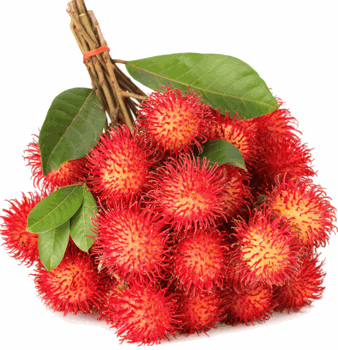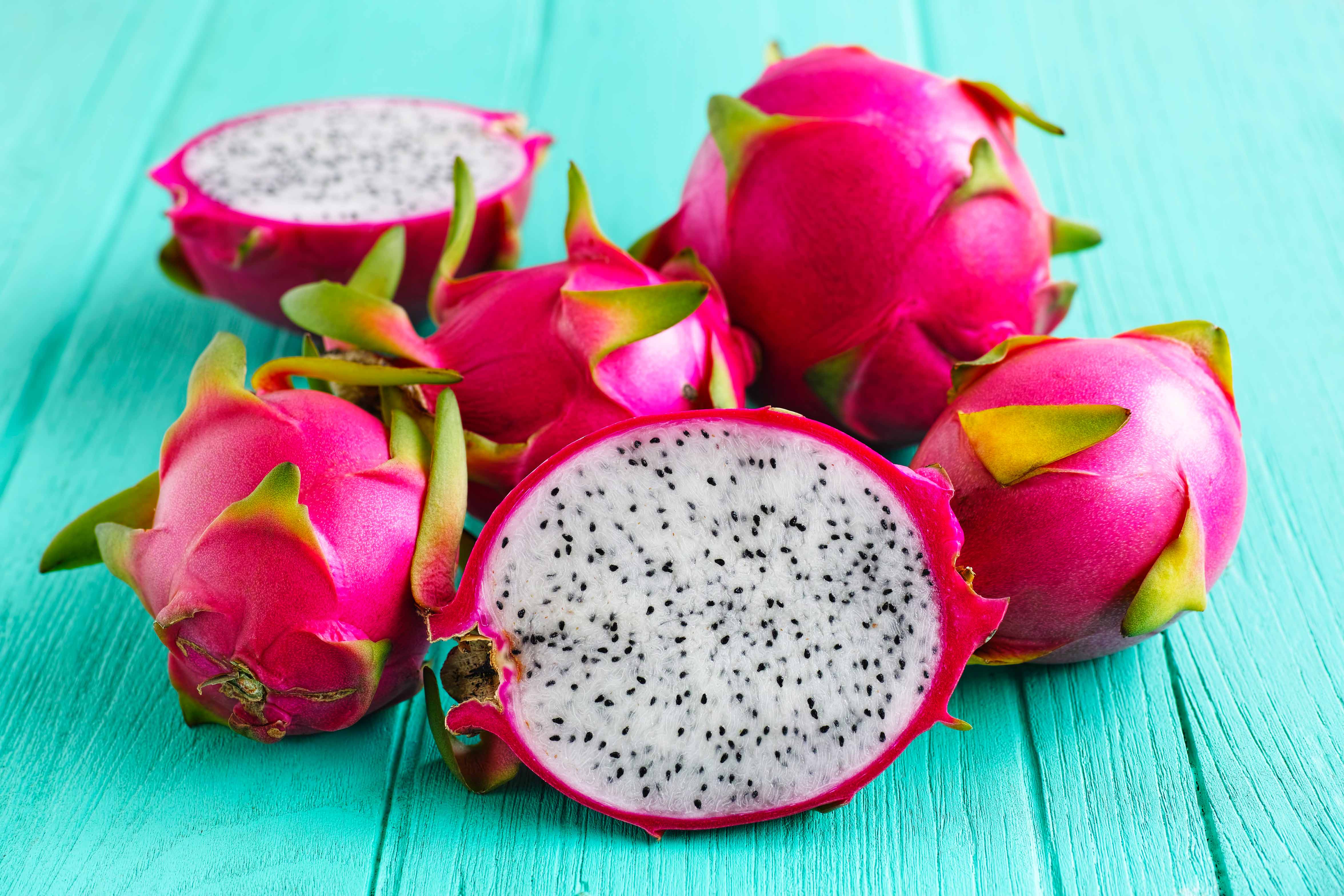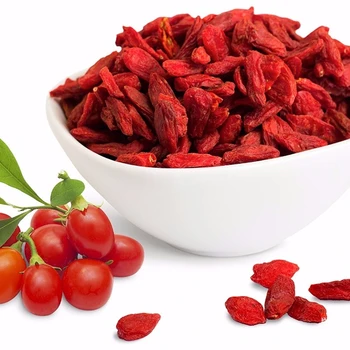QA for MPD Is Jello Good for You? Nutrition, Benefits, and Downsides.
Jello is a gelatin-based dessert that has been on American menus since 1897.
Most people associate this jiggly and sweet substance with school lunches and hospital trays, but it’s also popular among dieters as a low-calorie treat.
The brand name “Jell-O” is owned by Kraft foods and refers to a product line including jellos, puddings, and other desserts.
This article tells you everything you need to know about jello and its ingredients.

The primary ingredient in jello is gelatin. Gelatin is made from animal collagen — a protein that makes up connective tissues, such as skin, tendons, ligaments, and bones.
The hides and bones of certain animals — often cows and pigs — are boiled, dried, treated with a strong acid or base, and finally filtered until the collagen is extracted. The collagen is then dried, ground into a powder, and sifted to make gelatin.
While it’s often rumored that jello is made from horse or cow hooves, this is incorrect. The hooves of these animals are primarily made up of keratin — a protein that can’t be made into gelatin.
Jello can be purchased as a powdered mix that you make at home or as a pre-made dessert often sold in individual cup-sized servings.
When you make jello at home, you dissolve the powdered mixture in boiling water. Heating breaks the bonds that hold the collagen together. When the mixture cools, the collagen strands reform into a semi-solid state with water molecules trapped inside.
This is what gives jello its characteristic jiggly, gel-like texture.
SUMMARY
Jello is primarily made up of gelatin, a protein extracted from the skins and bones of certain animals. The gelatin is dissolved in boiling water and then cooled to form a gelatinous, semi-solid substance.
While gelatin is what gives jello its wiggly texture, packaged jello mixes also contain sweeteners, flavoring agents, and colorings.
Sweeteners used in jello are typically aspartame, an artificial calorie-free sweetener, or sugar.
Artificial flavors are often used in jello. These are chemical mixtures that imitate a natural flavor. Often, many chemicals are added until the desired flavor profile is achieved (
Food colorings in jello can be either natural or artificial. Due to consumer demand, some products are now being made with natural colorings, such as beet and carrot juice. However, many jellos are still made with artificial food dyes.
For example, Strawberry Jell-O contains sugar, gelatin, adipic acid, artificial flavor, disodium phosphate, sodium citrate, fumaric acid, and red dye #40.
Sugar-free Black Cherry Jell-O contains the same ingredients, except it uses aspartame instead of sugar as the sweetener and contains maltodextrin from corn and blue dye #1.
Since there are many manufacturers of jello and many products available, the only way to know for sure what’s in your jello is to read the ingredients on the label.
Jell-O is made from gelatin — which is derived from animal bones and skin. That means it isn’t vegetarian or vegan.
However, vegetarian jello desserts made from plant-based gums or seaweeds like agar or carrageenan are available.
You can also make your own vegetarian jello at home using one of these plant-based gelling agents.
SUMMARY
Jello is made from gelatin, flavoring agents, natural or artificial sweeteners, as well as natural food colorings or artificial food dyes. Brand-name Jell-O is not vegetarian, but there are vegetarian versions on the market.
Jello has long been a staple of many diet plans, as it’s low in calories and fat-free. However, this doesn’t necessarily make it healthy.
One serving (21 grams of dry mix) has 80 calories, 1.6 grams of protein, and 18 grams of sugars — which is approximately 4.5 teaspoons (
Jello is high in sugar and low in fiber and protein, making it an unhealthy food choice.
One serving (6.4 grams of dry mix) of sugar-free jello made with aspartame has only 13 calories, 1 gram of protein and no sugar. Still, artificial sweeteners may have negative effects on your health (
Furthermore, while jello is low in calories, it’s also low in nutrients, providing virtually no vitamins, minerals, or fiber (
Gelatin and Health
Though jello is not a nutritious food choice, gelatin itself may be beneficial for your health. It contains collagen, which has been researched in several animal and human studies.
Collagen may positively impact bone health. In a randomized study, postmenopausal women who took 5 grams of collagen peptides a day for one year had significantly increased bone density compared to women given a placebo (
In addition, it may help reduce joint pain. In a small 24-week study, college athletes who took 10 grams a day of a liquid collagen supplement experienced less joint pain compared to those taking a placebo (
Furthermore, it may help reduce the effects of skin aging. In a randomized 12-week study, women aged 40–60 who took 1,000 mg of a liquid collagen supplement showed improvements in skin hydration, elasticity, and wrinkling (
However, the amount of collagen in jello is far lower than those used in these studies. It’s unlikely that eating jello would lead to any noticeable effects.
Additionally, the high amount of sugar in regular jello is likely to counter any health effects that jello may provide for your skin and joints, as high-sugar diets have been shown to accelerate skin aging and increase inflammation in the body (
SUMMARY
Jello is low in calories but also high in sugar or artificial sweeteners and low in nutrients. While gelatin supplements may have some beneficial effects on your health, it’s unlikely that jello will provide the same benefits.
Before eating jello, you may want to consider some of the possible negative health effects it may have.
Artificial Colors
Most jello contains artificial colors. These are made with ingredients derived from petroleum, a natural chemical used to make gasoline that may have harmful effects on your health.
The food dyes red #40, yellow #5 and yellow #6 contain benzidine, a known carcinogen — in other words, these dyes may promote cancer. However, they’re permitted by the Food and Drug Administration (FDA) in low doses presumed to be safe (
Studies link artificial colors to behavioral changes in children with and without attention deficit hyperactivity disorder (ADHD) (
While in some studies, doses higher than 50 mg were associated with behavioral changes, other studies suggest that as little as 20 mg of artificial food colors may have a negative effect (
In fact, in Europe, foods that contain artificial dyes must display warning labels informing that the foods may cause hyperactivity in children (
The amount of food dye used in jello is unknown and likely varies between brands.
Artificial Sweeteners
Sugar-free packaged jello is made with artificial sweeteners, such as aspartame and sucralose.
Animal and human studies show that aspartame may damage cells and cause inflammation (
What’s more, animal studies link aspartame to a higher risk of certain cancers — such as lymphoma and kidney cancer — at daily doses as low as 9 mg per pound (20 mg per kg) of body weight (
This is much lower than the current Acceptable Daily Intake (ADI) of 22.7 mg per pound (50 mg per kg) of body weight (
However, human studies exploring the relationship between cancer and aspartame are lacking.
Artificial sweeteners have also been shown to cause disturbances in the gut microbiome.
In a 12-week study in mice, those receiving 0.5–5 mg per pound (1.1–11 mg per kg) of sucralose of the brand Splenda daily had significantly decreased levels of beneficial gut bacteria. The ADI of sucralose is 2.3 mg per pound (5 mg per kg) (
Furthermore, while many people eat calorie-free sweeteners as a way to manage their weight, the evidence does not show this to be effective. On the contrary, a regular intake of artificial sweeteners has been linked to increased body weight (
Allergies
While allergies to gelatin are rare, they are possible (
Initial exposure to gelatin in vaccines may cause sensitivity to the proteins. In one study, 24 of 26 children with an allergy to gelatin-containing vaccines had gelatin antibodies in their blood and 7 had documented reactions to gelatin-containing foods (
Allergic reactions to gelatin can include hives or life-threatening anaphylactic reactions.
If you suspect you may have an allergy to gelatin, you can get tested by an allergist or an immunologist.
SUMMARY
Jello contains artificial colors and artificial sweeteners — both of which may be harmful to your health. Additionally, while rare, some people may be allergic to gelatin.
Jello is usually made from gelatin — derived from the bones and skin of animals.
Unless plant-based gelling agents are used, it’s unsuitable for vegetarian diets.
Plus, it has little nutritional value and often contains artificial colors, sweeteners, or sugar — which may have negative health effects.
While gelatin and collagen may have some health benefits, it’s unlikely that the amount of gelatin in jello is enough to make a noticeable difference to your health.
Despite its popularity, it may not be the healthiest food choice.
If you want to eat jello, it’s best to avoid the packaged mixes and make your own healthier version at home using gelatin and fruit juice.










